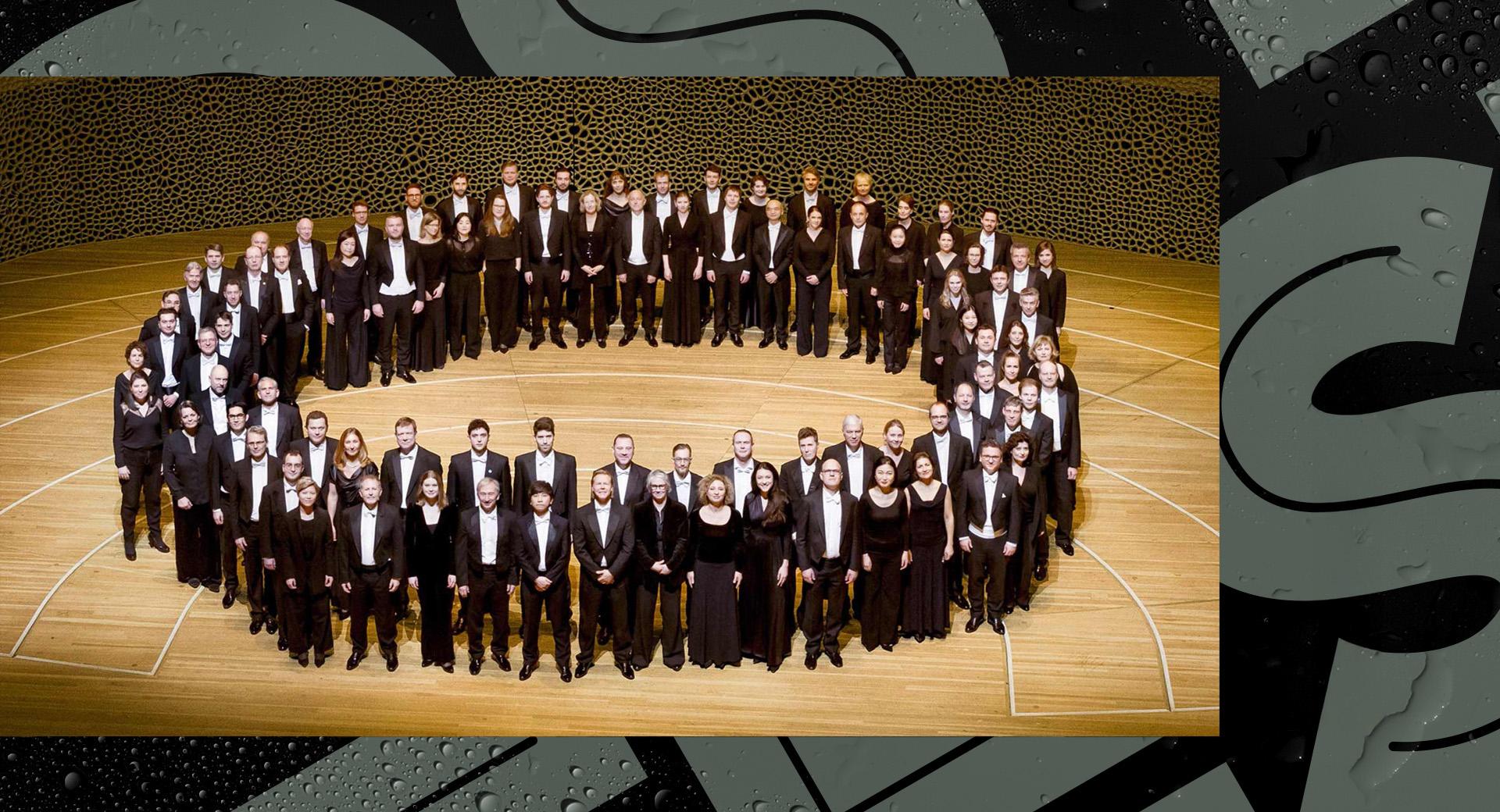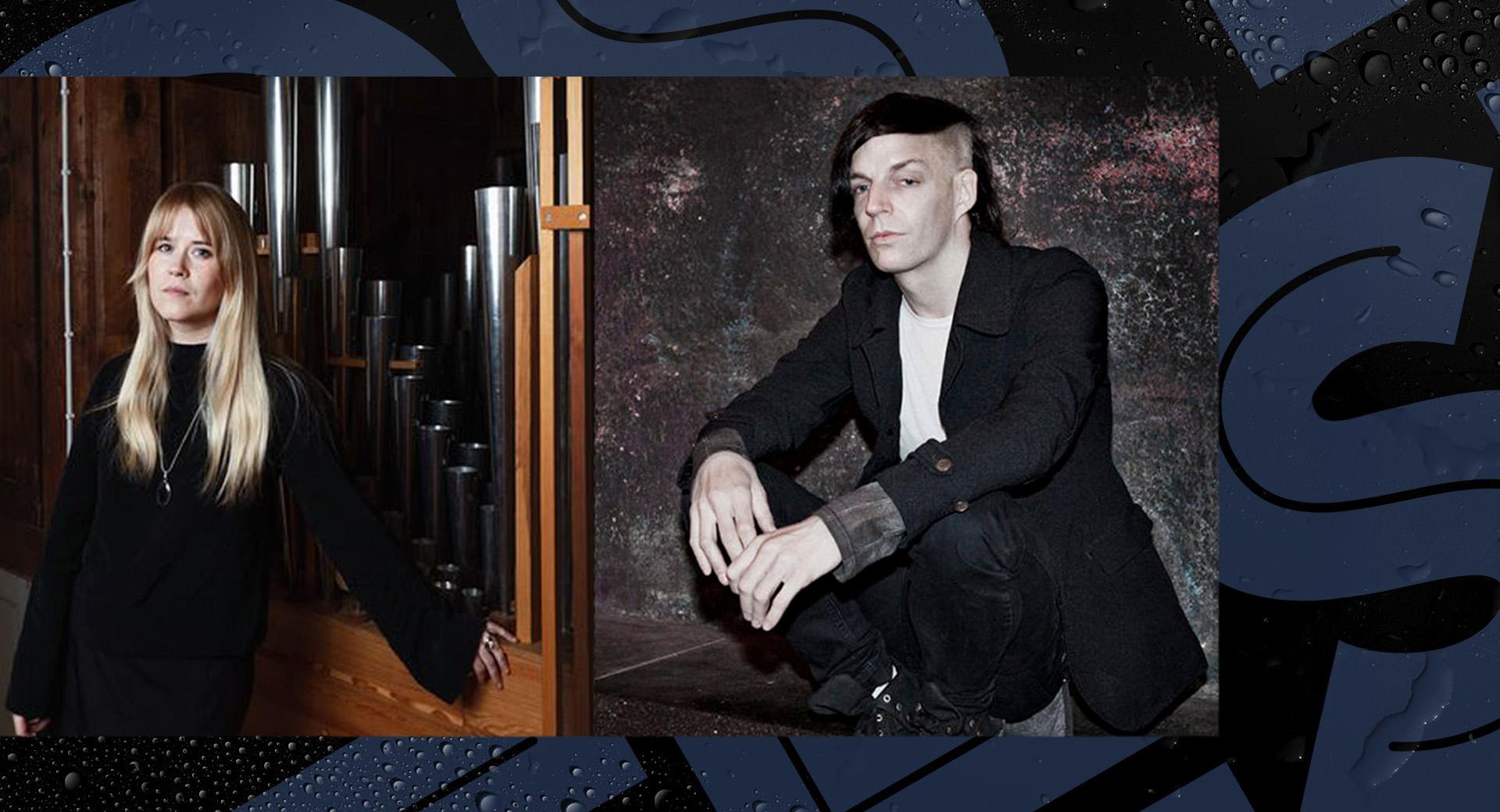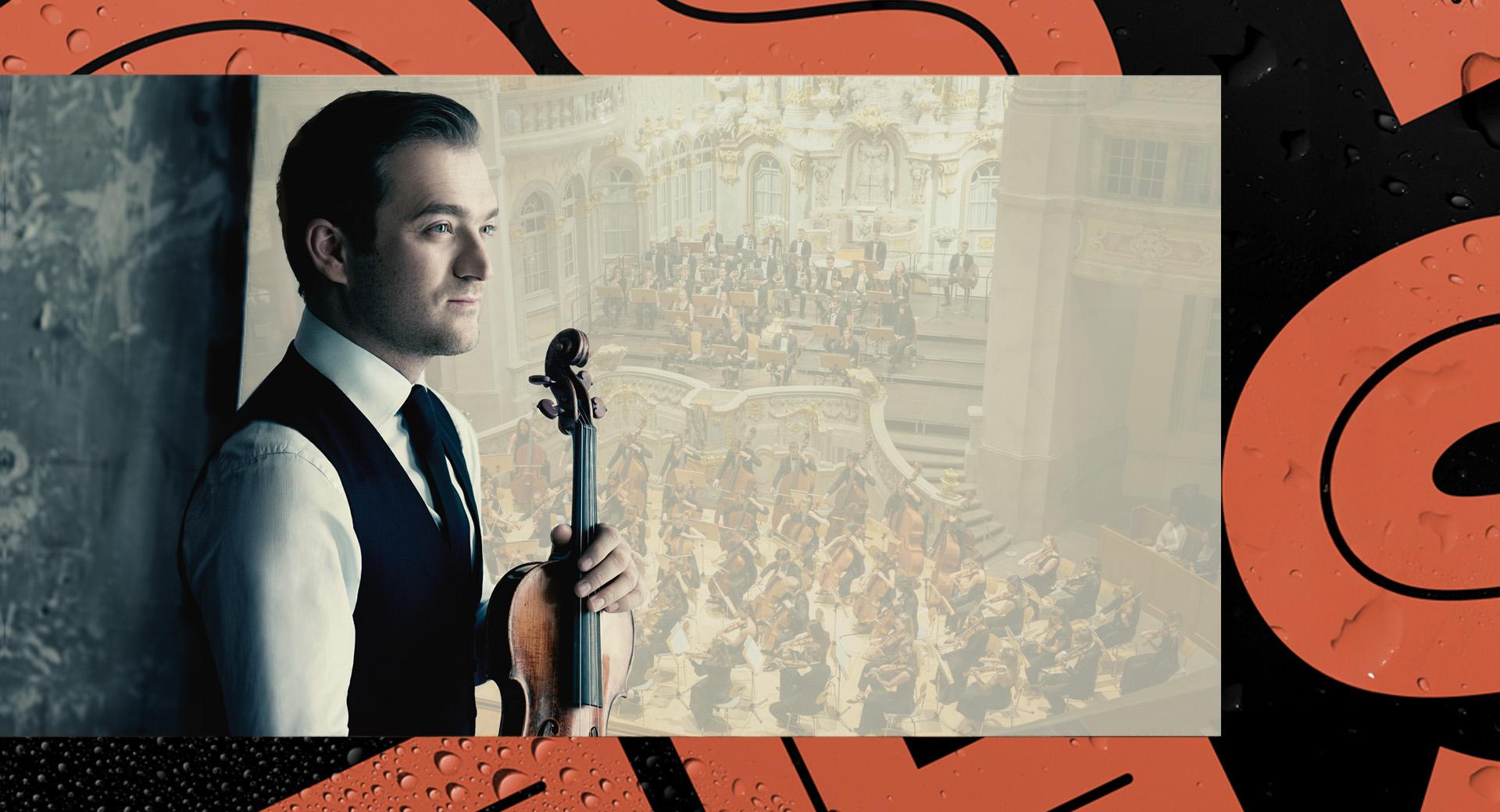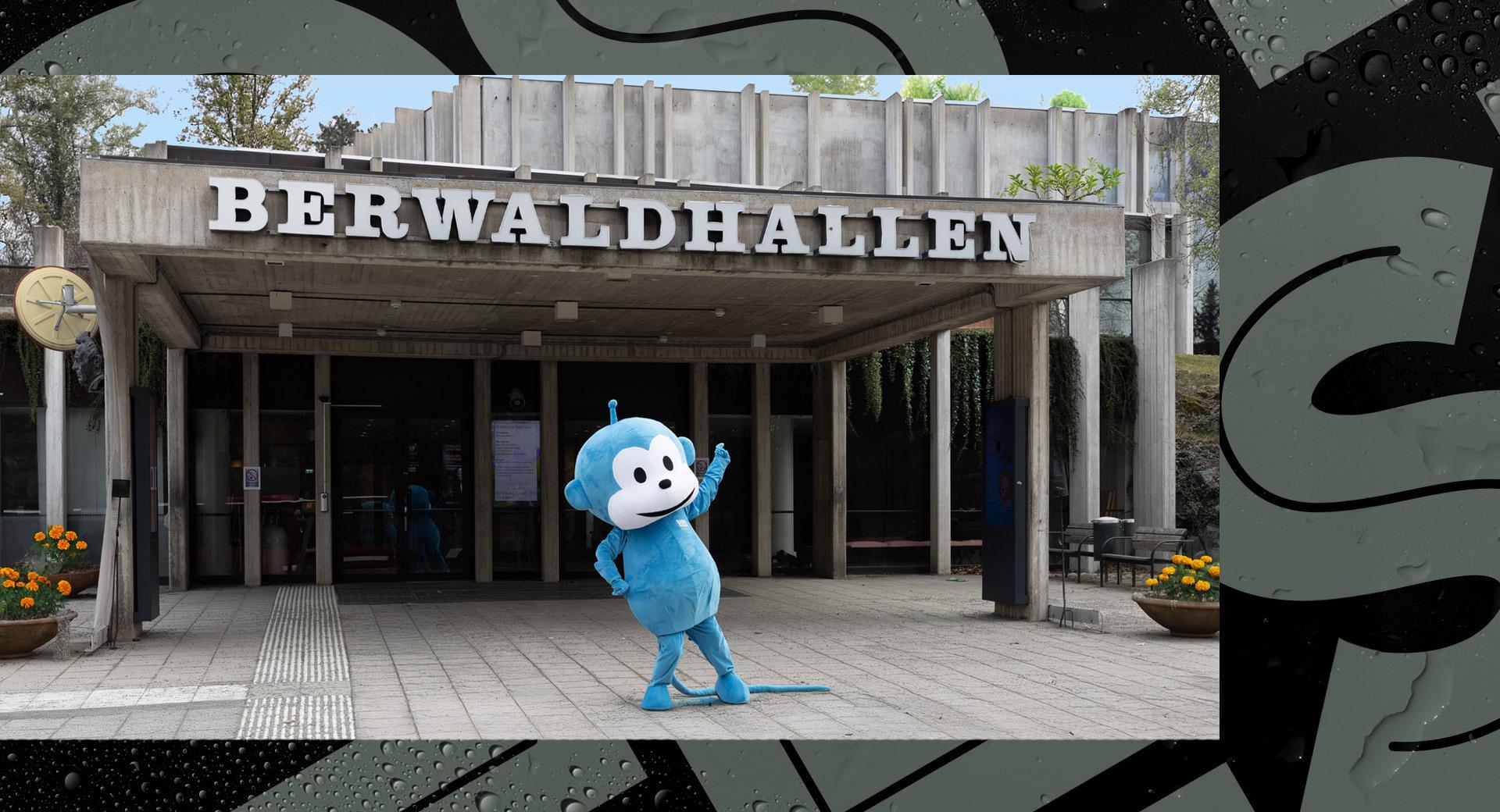Nature Morte
For Jean Sibelius, Rakastava was one of his favourite works. He originally wrote it for male choir, and later also for string orchestra. Einojuhani Rautavaara was a worthy heir to Sibelius’ throne. His piece Sommarnatten has a folk music sound. We´ll also hear music by Estonian composer Veljo Tormis, one of the great choral composers of our time. Pushkin’s Garland was Giorgij Sviridov´s offering for the poet’s 180th anniversary. We also get a wonderful taste of Lidholm´s great treasure trove of choral music.
This production is part of one or more concert series.
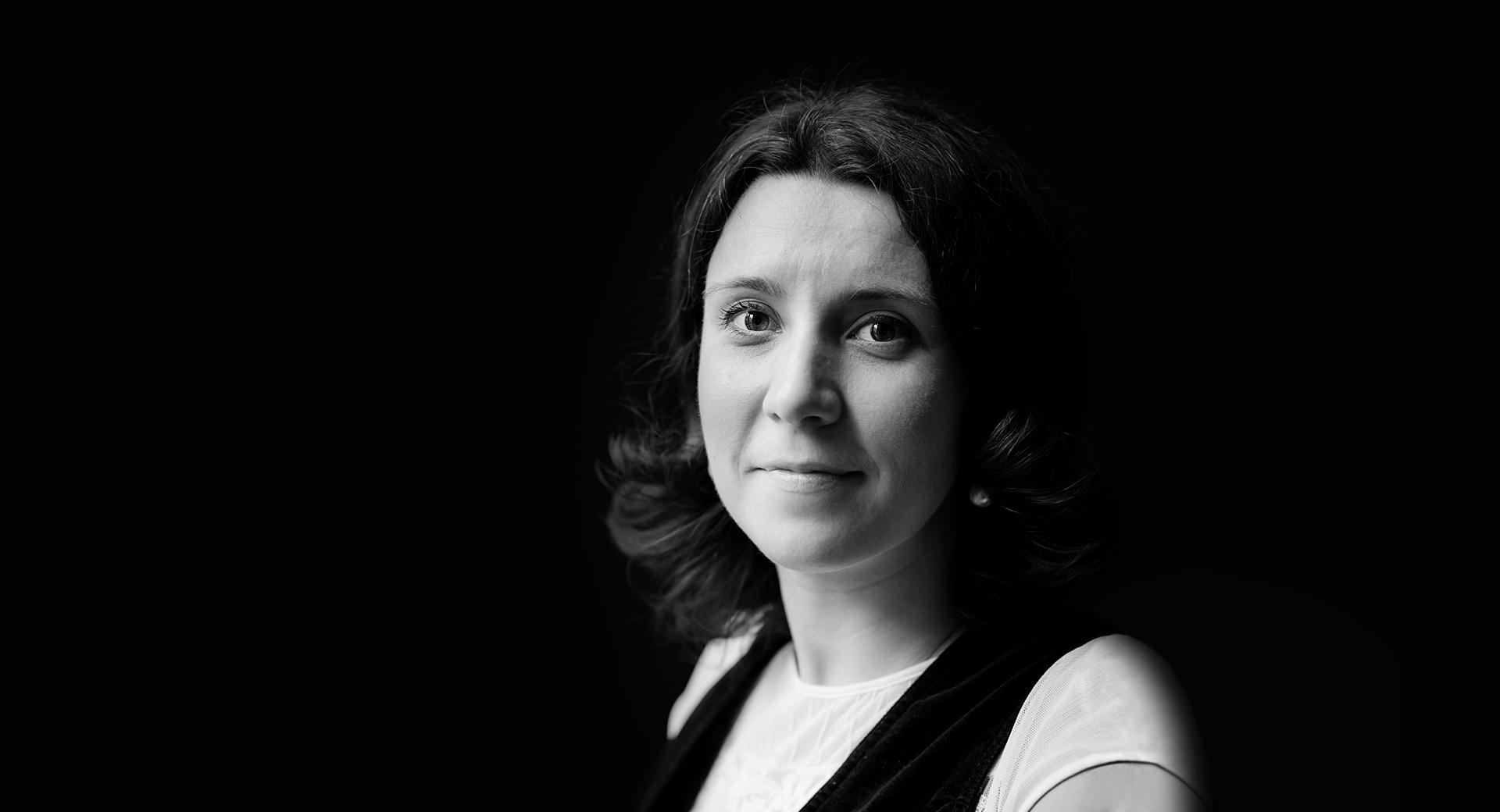
The concert will be broadcasted at the Swedish Radio P2, Friday, February 25 at 8:20 pm.
Conductor change: Maria Goundorina replaces Tõnu Kaljuste as conductor. Change in program: “Nature morte” by Grigorjeva is replaced by Lidholm’s “Four choirs for poems by Åke Nilsson”.
Some other changes in the program has been made, including change of concert name.
Find information regarding your visit to the church of S:t Mattues.
